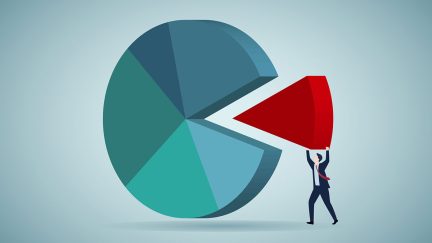For more stories like this, sign up for the PLANADVISERdash daily newsletter.
U.S. Retirement Market Has Greater Propensity Towards Home Bias
According to Willis Towers Watson’s Thinking Ahead Institute’s 2018 Global Pension Assets Study, the institute sees shifts in investment models for retirement plans across the globe.
The U.S. is the largest retirement plan—defined contribution (DC) and defined benefit (DB)—market among 22 countries analyzed in Willis Towers Watson’s Thinking Ahead Institute’s 2018 Global Pension Assets Study.
Total U.S. retirement assets are more than $25 trillion, compared to more than $41 trillion total for the 22 countries, making up 61% of the global retirement plan market. U.S. pension fund assets grew by 12.7% in 2017. Over the past decade, assets grew at an annual rate of 5.2%, the institute found. The ratio of U.S. pension fund assets to GDP now stands at 131%; up from 121% in 2016 and up from 106% in 2007.
A deeper analysis was performed among what the firm calls the P7 markets—Australia, Canada, Japan, Netherlands, Switzerland, U.K. and U.S. Assets in DC plans now account for 60% of total assets in the U.S., compared with 54% in 2007. Australia is the only other country in the P7 in which assets in DC plans hold greater market share than DB plans (87% vs. 13%, respectively).
The U.S., Australia and the UK have higher allocations to equities than the rest of P7 markets. In the U.S., in 2017, 50% of retirement assets are in equities, 21% in bonds, 28% in “other” and 1% in cash. This compares to 60% in equities, 23% in bonds and 18% in “other” in 2007.
There is a clear sign of a reduced home bias in equities, as the weight of domestic equities has fallen, on average, from 68.7% in 1998 to 41.1% in 2017. However, during the past ten years, the U.S. has had the highest allocation to domestic equities, while Canada Switzerland and the UK have had the lowest allocation. The U.S. is also one of the markets with the highest concentration in domestic bonds.
In the next five to 10 years, the institute sees shifts in investment models for retirement plans in the P7, including a greater move to alternative assets and infrastructure finance, a greater use of factors and a mainstreamed sustainability model.You Might Also Like:

Pension Income Accounted for $1.5T of US Economic Output in 2022

Corporate Pension Funds Near Year-End on Strong Note

Veteran Plan Advisers Advocate for DB Expertise
« Majority of Gen Xers Say Advice Would Help With Financial Goals